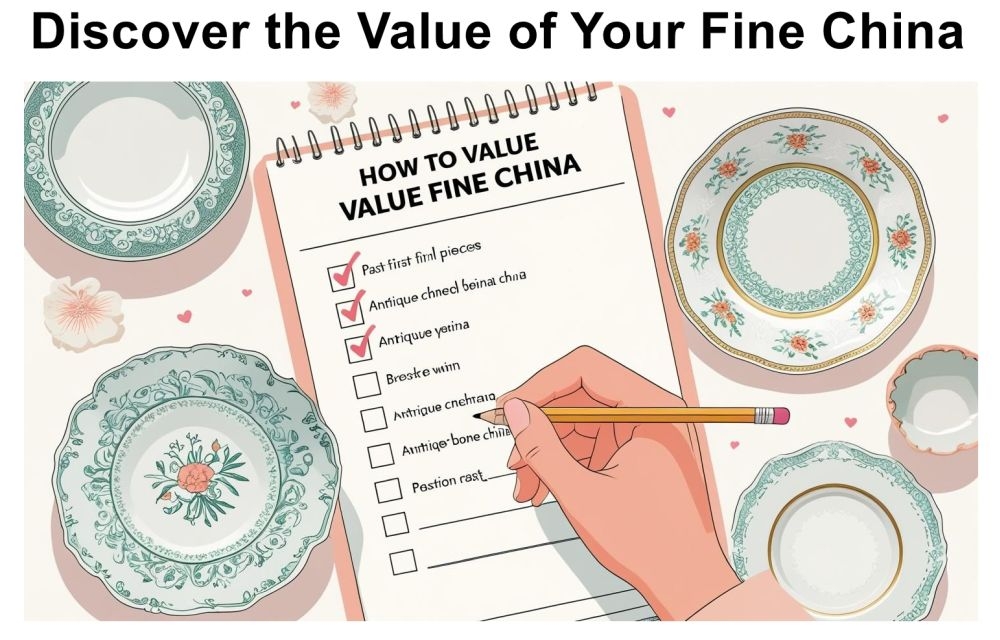Antique albarello maiolica hand painted apothecary pot / jar - Italian or Spanish?
by Tim F
(Normandy, France)

Antique albarello maiolica hand painted apothecary pot / jar - Italian or Spanish?
Hello all,
My name is Tim and I am new to this site – it is a fantastic resource and thanks to Peter for setting it up! I am hoping someone will be able to help me identify the maker’s signature / mark, or provide some information on this apothecary jar / pot.
I bought it at a flea market in France recently – it was lumped in with the usual chipped bric-a-brac, endless reams of faience and other stuff you find a these markets and I fell in love with it as soon as I saw it, as I am a lover of both ceramics in general but particularly old pharmacy jars and items.
From my own research, similar jars come up as being classed as ‘arbarello’ and ‘maoilica’. The dates have varied from 1400s to 1800s, and from countries all over Europe – specifically France, Spain, Portugal, Holland and, as I initially assumed, Italy.
This pot is hand painted maiolica and I believe it is quite old but I cannot find out who it is by or date it. Overall it is in excellent condition, with only a few chips to the glaze (only around the rim and base) and some pock marks all over. There are no cracks and crazing inside or out, for its (apparent!) age it is in very good condition.
It seems bigger than a lot of the apothecary pots I have seen: it measures 36cm / 14 inches high (including the lid) and 16 cm / 6.25 inches in diameter at the widest point.
The pot is made from terracotta and glazed with a white slip and painted with a cobalt colour paint or glaze. Inside there is simply a clear glaze over the terracotta. The design / image is of a stag or deer, with flowers / foliage surrounding it. It says “UNG . DIVIN” underneath the stag / deer, which I am sure is an abbreviation of ‘Unguento Divin’, which translates to ‘Divine ointment’.
Being English and having limited foreign language skills, I turned to Google Translate. I believe the writing is Italian, as the French don’t generally seem to use ‘Unguento’ for these items, and ‘divine’ only translates to ‘divin’ in Italian (it is divino in Spanish – although confusingly ‘divino’ also appears to be acceptable in Italian!). Of course Google may have thrown up a red herring here!
There is also a capital letter ‘E’, which I have considered may mean ‘España’, meaning it may be from Spain, rather than Italy, but this then contradicts the above writing. The image is replicated on both sides, so I have only included one photo of the image.
It has a lid which seems to be quite unusual for these types of jars, a lot of the jars we have seen while researching it seem to have lost their lids over time.
The maker’s signature / mark is really hard to make out. It appears to be words rather than symbols, but they are still very hard to decipher. I can’t make out the top word at all, and the lower word looks like ‘sitst’ or ‘jitst’ – it really is hard to be sure exactly what the letters are, or even if it’s an actual word. I have attached a photo of it, and am 99% sure it is the right way up!
I think that is everything I have managed to find out about it so far – we have now hit a wall and are struggling to find out anything more. If anyone can shed any light on it whatsoever I would be eternally grateful – if not I will still be happy knowing I have a beautiful item to add to my collection!
Thanks for reading, and if there’s anything else I can add, please feel free to suggest and I’ll do my best to find out.
All the best and good luck with your own searches!
Tim

Inherited a china set?... Download my free 7-point checklist to instantly assess its potential value.
From the Studio
• Peter Holland Posters
• Sculpture Studio







